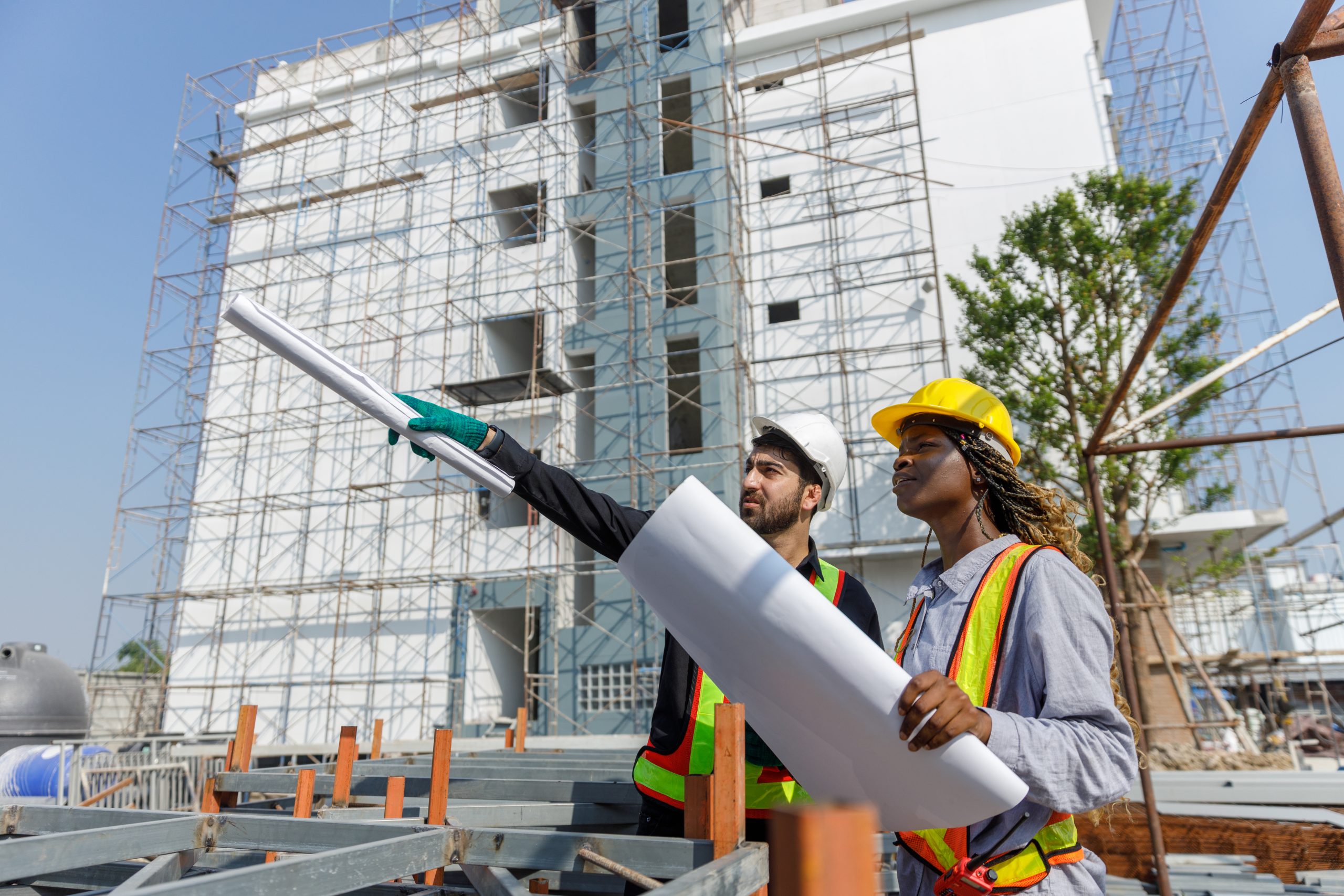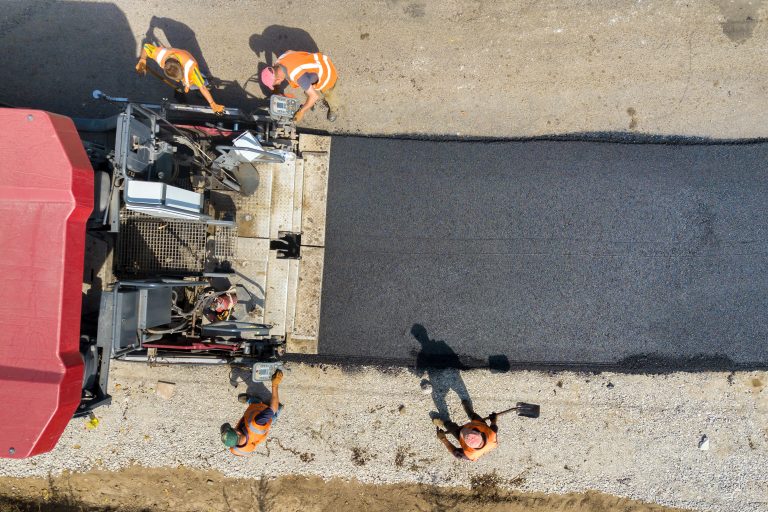Navigating building codes and permits is a necessary aspect of any construction project. Compliance with local regulations ensures safety, legal integrity, and project success, and is essential for avoiding costly delays and penalties.
Why Building Codes Matter
Building codes are established to ensure the safety, health, and accessibility of buildings. The Ontario Building Code (OBC) sets the minimum standards for construction in Ontario, covering areas such as structural integrity, fire safety, plumbing, and energy efficiency. Failure to comply with the OBC can result in penalties, project shutdowns, and potential legal liabilities.
Understanding Permits and Their Importance
Permits are necessary to confirm that a project meets municipal and provincial requirements. The most common permits include:
- Building Permits: Required for new construction, renovations, and structural changes.
- Electrical Permits: Ensures electrical systems meet safety standards.
- Plumbing Permits: Covers water and drainage system installations.
- Demolition Permits: Needed before demolishing an existing structure.
Skipping the permit process can lead to work stoppages, fines, and even mandatory removal of non-compliant structures. Securing the right permits ensures that your project progresses legally and safely.
The Permit Application Process in Ontario
The permit application process involves several steps, typically including:
- Research and Pre-Application: Determine which permits are required for your project.
- Prepare Documentation: Submit architectural drawings, site plans, and other required paperwork.
- Application Submission: Submit applications to the local municipality, along with necessary fees.
- Review and Approval: Authorities review applications for compliance with the OBC.
- Inspections and Final Approvals: Ongoing inspections ensure compliance throughout the construction process.
Depending on the project complexity and municipality, approval timelines can vary. Simple residential permits may take a few weeks, while large-scale commercial projects can take several months.
How Compliance Impacts Project Timelines
Adhering to building codes and securing the proper permits early in the process can prevent unexpected delays. Here’s how compliance impacts timelines:
- Avoiding Red Tape Delays: Proper documentation and early permit applications reduce processing times.
- Smooth Inspection Processes: Projects that meet codes from the start may experience fewer failed inspections.
- Preventing Costly Corrections: Non-compliance can lead to work stoppages and expensive modifications.
Planning ahead and working with experienced professionals, such as architects, engineers, and permit consultants, can expedite approvals and keep projects on schedule.
Complying with building codes and permit requirements is essential for a smooth construction process. Whether you’re building a home, office, or commercial space, following the right procedures ensures legal compliance, safety, and timely project completion. By prioritizing permits and regulations from the outset, you can navigate the complexities of construction with confidence and efficiency.
Looking for a team to take the lead on your next project? At Pulse Construction, we’re committed to doing business with an honest, professional, and competitive approach – without compromising safety or schedules. Contact us today for all of your building needs.



